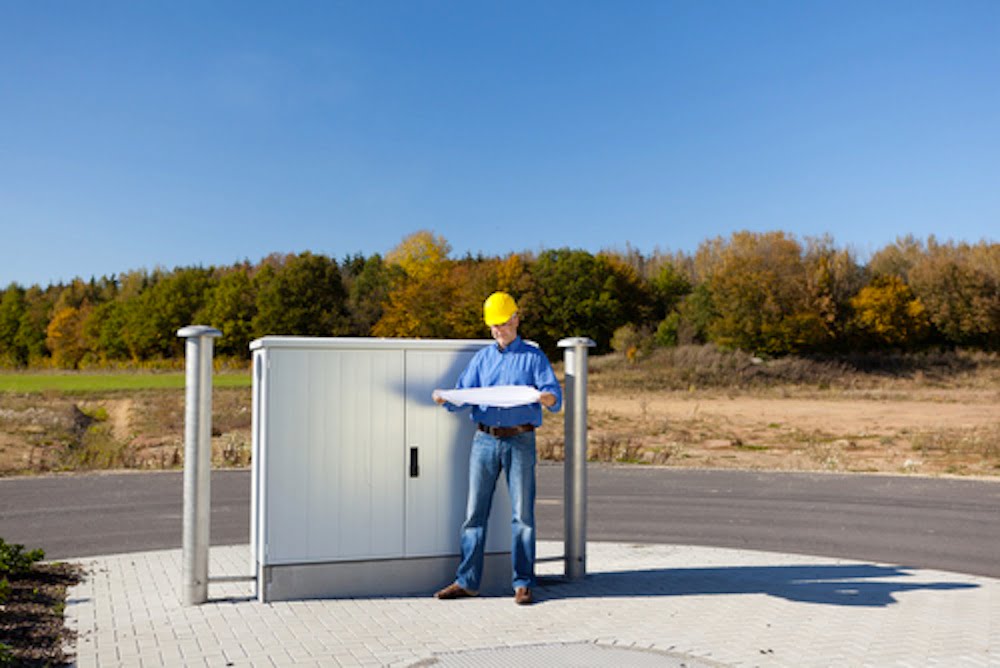What to Expect from High Efficiency Cabinet Cooling Systems

Electrical cabinet cooling systems are designed to maintain internal electrical enclosure temperatures so as to ensure electrical equipment inside the enclosure remains below maximum design temperatures. Research shows the life expectancy of electrical equipment is halved for every 18 ºF increase in temperature. So, it’s imperative to provide cabinet cooling systems for electrical enclosures subject to high heat loads, especially those enclosures situated in locations where natural cooling is ineffective or exposed to dust and chemical pollution. In order to reduce running costs and to ensure proper cooling, high efficiency cooling systems should be used.
Rotary Compressor
Compressor design is crucial for efficient operation. Modern compact rotary compressors with a high coefficient of performance (COP) that achieve excellent results and produce higher refrigeration capacities for the same input power are recommended.
Thermal Expansion Valve
After the refrigerant gas is compressed, it is liquefied in the condenser and then cooled by expansion through an expansion device before being fed into the evaporator. Many systems use a capillary tube, which is cheap and effective but is not well suited to varying thermal loads. A better solution is to use a thermal expansion valve, which compensates for variation in ambient temperature and the thermal load within the electrical enclosure. This is illustrated by comparing the 15 percent reduction in the thermal performance when using a capillary tube expansion system over an ambient temperature rise of 80 ºF to 130 ºF with the 7 percent reduction in thermal performance of a similar system fitted with an expansion valve. Other advantages of the expansion valve are its tolerance to variations in refrigeration charge and its design that prevents liquid carry over to the compressor.
Elimination of Condensate
Water vapor in the air from the electrical enclosure condenses on the evaporator coils. This water needs to be removed from the enclosure and frequently is allowed to accumulate on the floor adjacent to the enclosure. This is unsightly and potentially hazardous to personnel.
A more elegant solution is to collect the water in an internal drain pan and to evaporate this water using the hot refrigerant gas from the compressor. This unique solution has two benefits: it avoids the problem of water dripping onto the floor, and the water cools the refrigerant gas before it enters the condenser and reduces the back pressure on the compressor, thus reducing energy consumption.
Selection of a High Efficiency Cabinet Cooling System
Thermal Edge’s range of cabinet cooling systems is designed to provide optimum performance under a wide range of ambient conditions, including exposure to direct solar radiation. Packages offered include standard powder-coated mild steel enclosures, weather-protected stainless steel NEMA 4X enclosures, and units designed for installation in hazardous areas. For polluted environments, filter options protect the internal components from dirt and debris. Other options include corrosion protection of the condenser and/or evaporator coils. For further information, contact us at Thermal Edge and we can help you solve your enclosure cooling problems.

